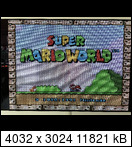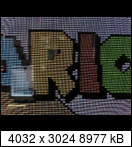I understand. I just reopened the issue since we now have the ability to do some further first hand testing, which has the potential to bring some sort of innovation or improvement.
I missed this interesting tidbit from the RTINGS review:
Update 12/02/2016: With the newest firmware update (04.30.19) there has been the addition of a HDR gaming mode. In this mode the HDR input lag is lower, and should be fine for HDR gaming. Note that although the TV accepts a 4k @ 60Hz @ 4:4:4 + HDR signal, it can’t accurately display the chroma subsampling in any HDR mode, even with the ‘PC’ icon selected. The HDR chroma subsampling looks the same as the B6, visible here .
What I’ve observed with this TV is that while it fails at the subpixel accuracy tests, it still manages to excel at the pixel level and beyond. I hope whoever is reading can understand what I’m saying but it makes sense. If the TV couldn’t accurately colour individual pixels, then it would never be good at displaying anything despite its excellent black levels.
So while it spoils the mask appearance from up close and personal, it doesn’t seem to have much if any negative effect on the CRT Shader generated image at distances where the mask, “phosphors” and individual RGB subpixels blend and can no longer be seen.


 But now it looks awesome. Especially happy with the MX8000 preset since I also own this.
But now it looks awesome. Especially happy with the MX8000 preset since I also own this.

 )
)